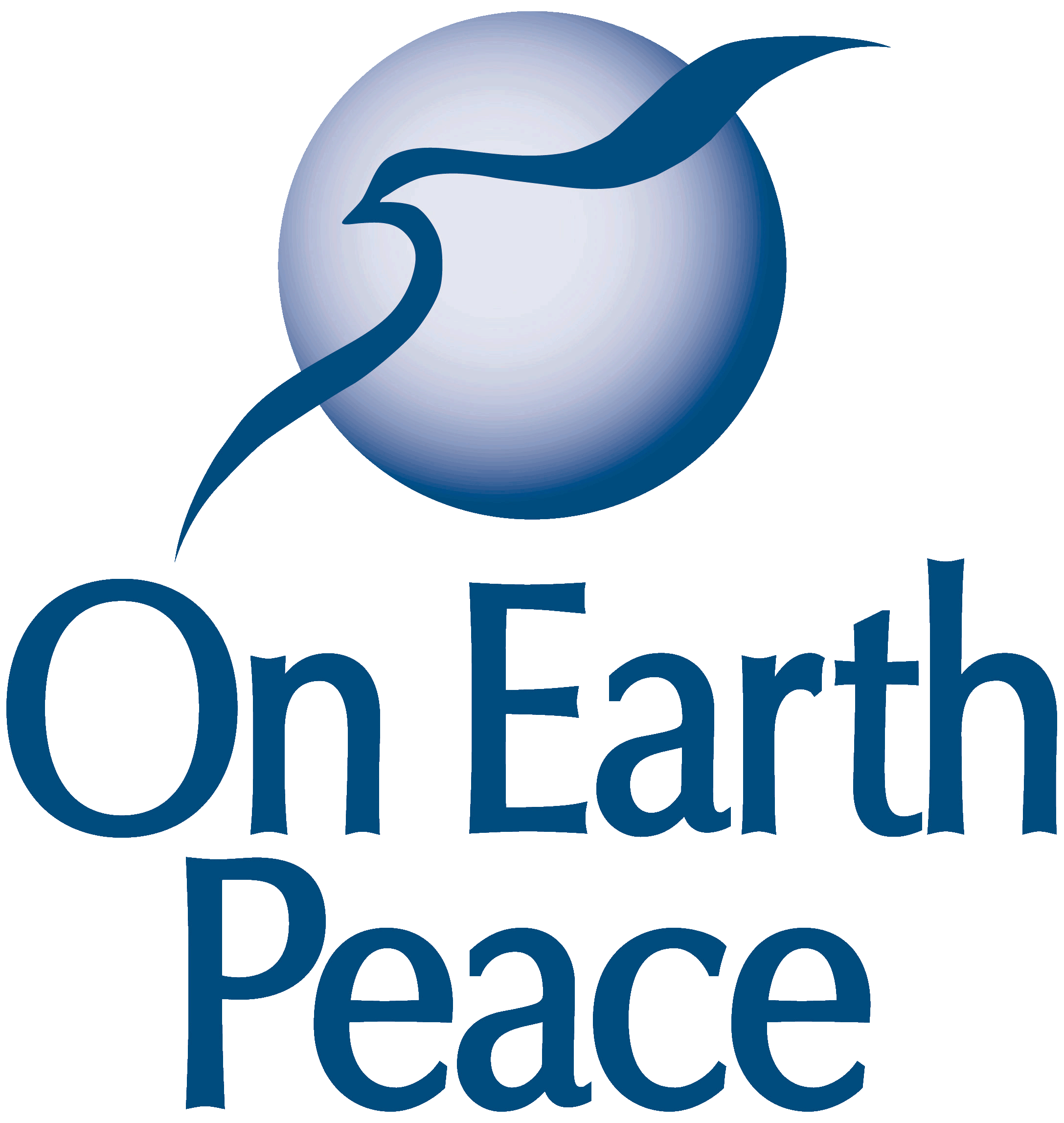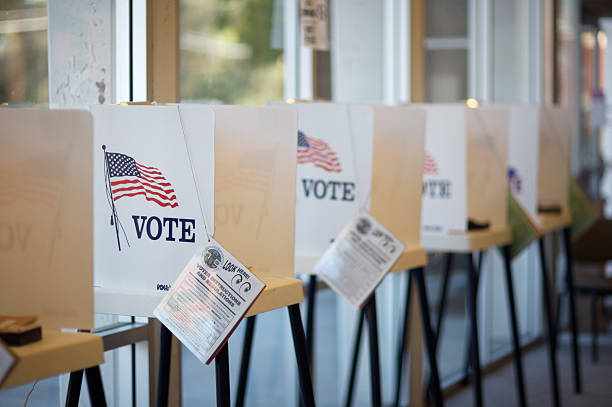Last weekend, on the one year anniversary of Donald Trump’s inauguration and the Women’s March on Washington that followed, women and their allies across the country participated in the 2018 Women’s March. The focus of this year’s march was #HearOurVote, as this is a mid-term year and the mainstream liberal position is that it is important to vote Republicans out of office, a stance which by default means voting Democrats in.
Not everyone is comfortable with this goal, however.
Among the objectors were Black Lives Matter: Cincinnati. According to the leaders of BLMC, they approached the leaders of the Women’s March in Cincinnati with their concerns and asked that the theme of the march there be changed to “Hear Our Voice” in order to be inclusive of those who take a principled stand against voting or are unable to vote. Their suggestion was rejected.
BLMC leaders decided to hold an alternative event entitled “Effective Ways to Fight for Women’s Liberation and the Trap of #HearOurVote”. This alternative event was held after the Women’s March, allowing people who wished to participate in both to do so.
Four panelists, leaders in the Cincinnati activist community, were invited to speak. Though every panelist agreed that the Women’s March’s exclusive focus on voting was problematic, they represented a spectrum of views. Victoria Straughn of Concerned Citizens for Justice held the view that we should “not throw the baby out with the bath water” and that “voting is one tool in our tool belt,” while Corine Fairbanks of the American Indian Movement of Ohio felt that the entire American system of voting was stacked against Native and environmental concerns. BLMC’s official stance is against voting as a method for change and in favor of mass movements instead. Their 9th Principle of Membership states that “We look to organize mass forces in the streets to make change. We have no illusion that these profound changes we are calling for will be achieved through the ballot box.” Mona Jenkins represented BLMC’s steering committee on the panel, and argued that significant changes have historically been achieved by demanding them rather than voting for them.
After listening carefully to the positions of BLMC, I cannot agree with them.
There are plenty of valid objections to our current system of voting, which were addressed throughout the evening. Voting has not historically been inclusive. Black Americans were not legally granted the right to vote until the passage of the 15th Amendment in 1870 and were not granted that right in practice for almost another century, women were not granted the right to vote until the passage of the 19th amendment in 1920, and Native Americans were not granted the right to vote in every state until federal action in 1964 that was taken in order to be able to draft them for the Vietnam War (A fact which I thank Corine Fairbanks for teaching me.) Voting rights continue to be stripped from prisoners and are often not restored after their release. Long lines and little control over their work hours prohibit many members of the working class from exercising their right to vote. American citizens in the colonies of Puerto Rico, Guam, the Northern Mariana Islands, the U.S. Virgin Islands, and American Samoa have no representation in the federal government and are unable to vote in national elections.
While I am sympathetic to the voices I heard at BLMC’s meeting, (And I admired the intellectual integrity of Corine Fairbanks in particular.) there were voices not included in the discussion. The room was almost exclusively filled with people who were White or Black; there was no Latinx representation as far as I could see. As Dreamers wait to see whether DACA will be restored or whether their lives will be completely uprooted, Democrat’s failures seem less important than the threat posed by the xenophobia and racism that have taken root in the Republican party. Being able to choose on principled grounds not to vote is a place of privilege. To vulnerable communities, like undocumented immigrants and women who need access reproductive health care, who are threatened by the current administration and its party’s power over all three branches of the federal government, physical safety is the primary emergency. Liberals and progressives who fancy themselves revolutionaries and choose to abstain from the ballot box could understandably be accused of betraying those communities.
There are valid concerns about prioritizing voting for Democrats in general. I think those concerns should take a back seat in this year’s midterms. Yes, Democrats have continued to support policies of violence against less powerful nations and the environment, and have been lukewarm in fighting for economic justice. But we must prioritize. We must ask ourselves what goals need to be achieved first, and as long as the most dangerously xenophobic, misogynist, and anti-press wing of the Republican party controls the White House and is unchecked by any other branch of government, the first priority is taking power away from that regime. Of course removing one bad leader or one racist and sexist party from power is not enough to build a just world. This is why I agree with Victoria Straughn that voting is only one tool and that we should not forget to use our other channels of power.
Several attendees and panelists at BLMC’s meeting last weekend talked about coalition building, and resisting attempts by oppressors to keep the oppressed divided against each other. Though I disagree with BLMC’s 9th Principle of Membership, I appreciate their openness to dialogue with activists who disagree. Because BLMC is right that mass movements are the drivers of change. Once we elect politicians who stand for justice in at least some areas, and who are flexible enough to respond to calls from the masses to support justice in others, we must hold them accountable.
The views expressed in this piece are solely my own, and do not reflect the views of On Earth Peace as an organization.
Photo Credit: https://media.gettyimages.com/photos/voting-booths-picture-id145914665?b=1&k=6&m=145914665&s=612x612&w=0&h=s3uRFIi6vKVORENXSjPwGJylhc3EQVXff2GIflxYsmg=


Showing 1 reaction
Sign in with